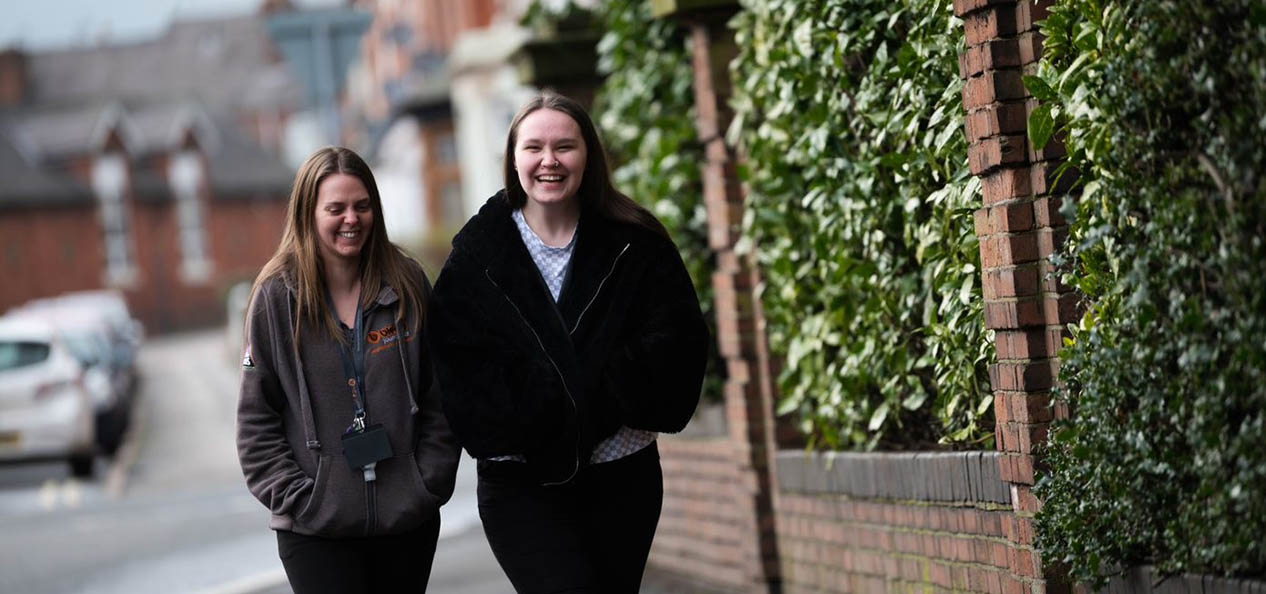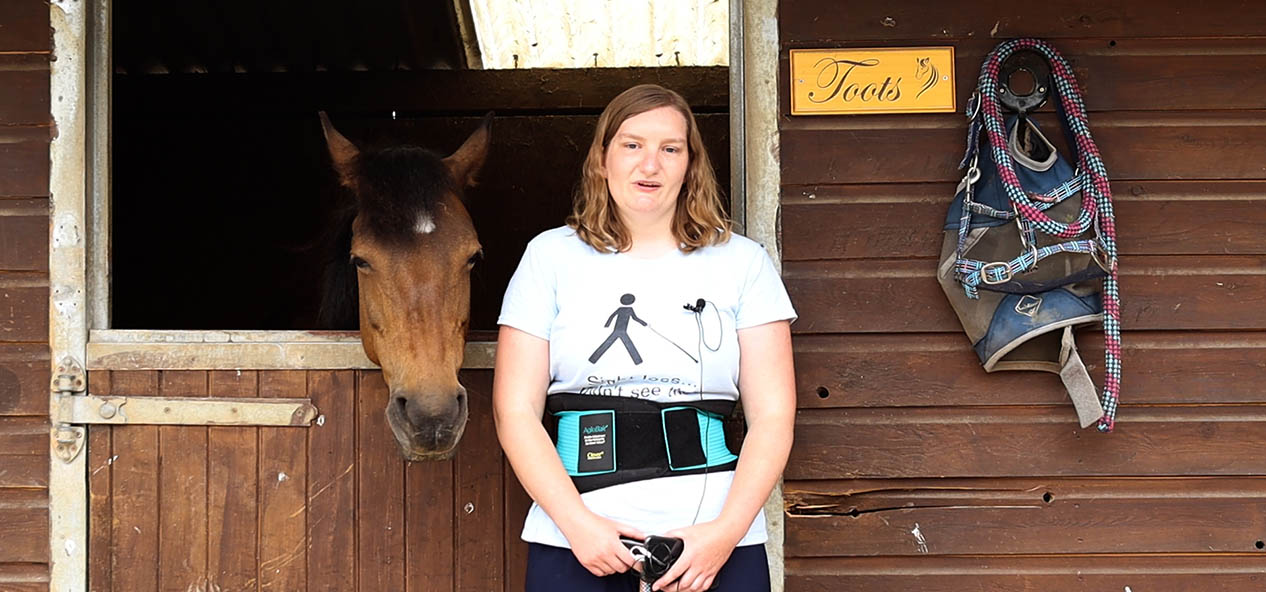Get Out Get Active (GOGA) is a programme that supports disabled and non-disabled people to enjoy being active together and looks to engage the least active communities in fun and inclusive ways.
Why was GOGA created?
Research from the Activity Alliance showed disabled people to be the least active population and found that six in 10 disabled people (64%) prefer to take part with a mix of disabled and non-disabled people.
GOGA was created to respond to these findings and have inclusion at the heart of the programme, through activity and volunteering.
Through GOGA we wanted a consortium approach - bringing national partners together to collaborate and use their in-depth knowledge and expertise, and we identified areas in the UK where inactivity and health inequalities were at the highest.
We then engaged with local organisations who knew their community best and showed how they would work with other local partners to engage the least active people.
Through the learning gained in the localities, GOGA has evolved over time. It has shown us that being active together and reaching the least active go hand-in-hand, it’s not one or the other.

Enjoyment and inclusivity needs to be at the heart of sport and physical activity.
For us, the biggest success factor behind this is people. Participants that learn about others in their community, a workforce that is representative of and gets the people they are supporting. Partners that aren’t afraid to work differently, and funders that are supportive and buy in to our way of delivery.
By providing fully accessible or genuinely inclusive activity, we are reaching a wider range of demographics.
How important is the self-affirming aspect of GOGA?
GOGA puts the focus of a session on the wider benefits and not the activity itself, which means all our sessions are self-affirming.
By tapping into people’s values and motivations and not having physical activity as the focus, we found the least active people engaged with the sessions.
The physical activity of a sessions comes after being social and connected, and aims to strengthens community spirit, increase confidence and improve mental health.
This also sustains individuals in activities - they want to come back and also go on to take part in further activities.
One of our participants said: “It’s one of the rare places that if you’re having a bad day and you say I can’t do this because of my disability or my health, that’s not an issue…they’ll adapt activities to make it work.”

We feel that GOGA is more than just a programme. It has become an approach, a way of making activities a place where disabled and non-disabled people can come together to be active.
Through sharing our learning and insights, we plan to encourage more organisations to adopt the GOGA approach - using the core ingredients and focusing on outcomes over outputs and motivate organisations to do things differently when it comes to physical activity.
What would you say to other people thinking of starting their own group or changing something in their local areas?
Over the years we have found that using Activity Alliance’s 10 Talk to Me Principles offers a foundation to engage with our target audiences.
But for top tips for groups looking to organise something similar, we’ve found:
- Co-production is essential - being led by the community and creating activities that people want increases engagement and attendance at activity sessions
- You can’t beat a person-centred approach - we have heard how adapting the session or offering alternatives has given people the confidence to keep going.
- Focus on community and individual values. GOGA isn’t a ‘one size fits all’ - each community and person has different values and understanding them has helped GOGA to succeed.
